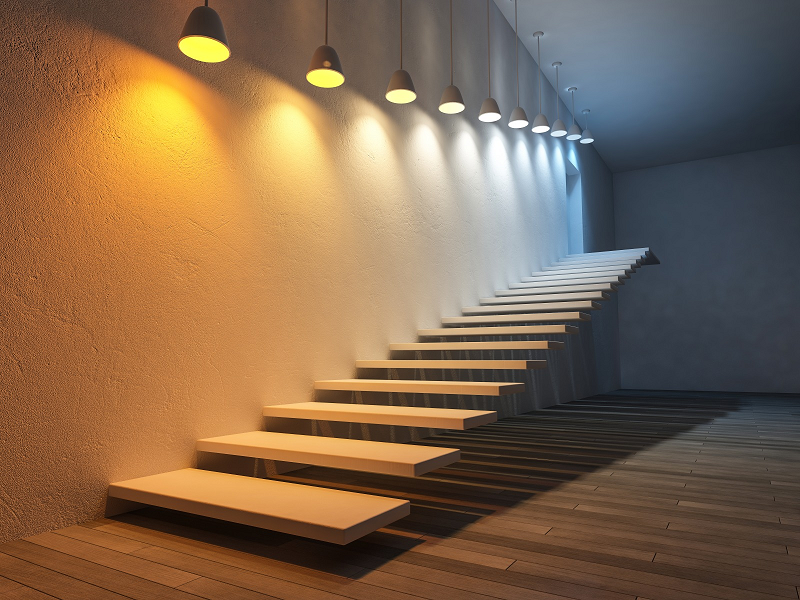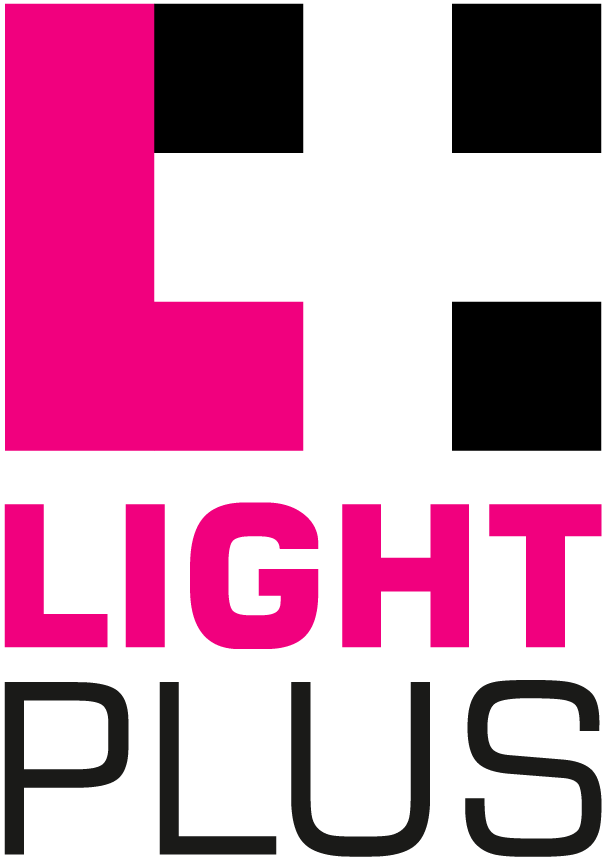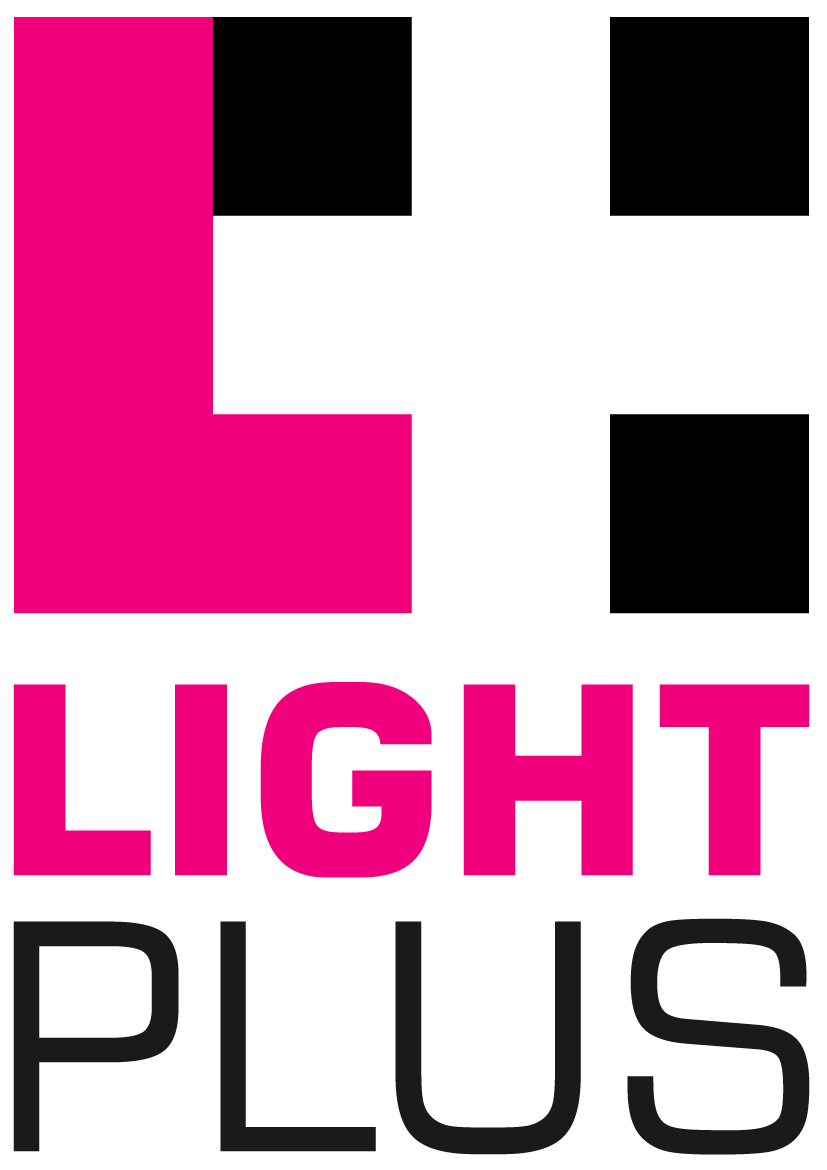The color temperature is a characteristic of visible light that has important applications in lighting, photography, videography, publishing, manufacturing, astrophysics, horticulture, and other fields. In practice, color temperature is only meaningful for light sources that do in fact correspond somewhat closely to the radiation of some black body, i.e., those on a line from reddish/orange via yellow and more or less white to blueish white wavelengths (resulting in a more blueish white) for higher temperatures.; it does not make sense to speak of the color temperature of, e.g., a green or a purple light. Color temperature is conventionally expressed in Kelvin, using the symbol K, a unit of measure for temperature based on the Kelvin scale.
Color temperatures over 5,000K are called cool colors (bluish white), while lower color temperatures (2,700–3,000 K) are called warm colors (yellowish white through red).[1] This relation, however, is a psychological one in contrast to the physical relation implied by Wien's displacement law, according to which the spectral peak is shifted towards shorter 2800-3500K — shopping mall, boutique, restaurant, hotel, home, etc. On the one hand, easy and cozy environment with soft color would make customers enjoy their shopping. On the other hand, the warm white color with focus lighting would attract their eyes on goods and then stimulate customers’ consuming desire. While in restaurant, hotel or at home, where we have a rest, 2800-3500K color definitely makes you forget fatigue.
3000-4000K — Studio, activity center, union room, stadium, etc. When those who works on creative orientation or takes part in activities, the 3000-4000K color would not only inspire their creativity but also help them relaxed after busy working days.

The Color Temprature of a light source is the temprature of an ideal black-body radiator that radiates light of comparable hue to that of the light source. With unit Kelvin (unit symbol K), color temprature over 5000K called cool white, 4000K-5000K pure white, and 2700K-3000K warm white 5000-6500K — Classroom, library, laboratory , workshop, office and meeting room, etc. Students, researchers and employees need concentrate on study and working, while the 4000-4500K color almost close to sunlight which would create a serious, calm atmosphere as well as protect eyes maximally compared with other CCT.

